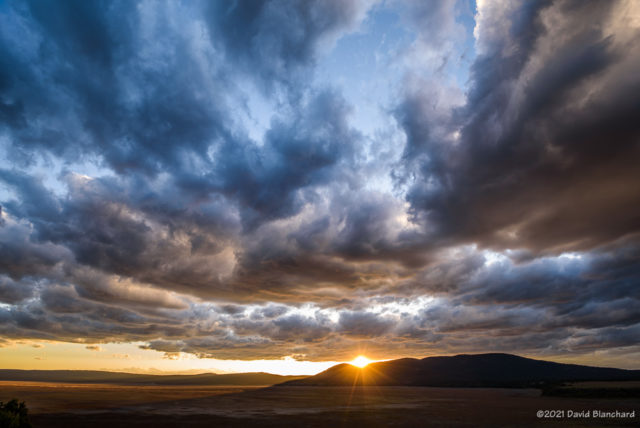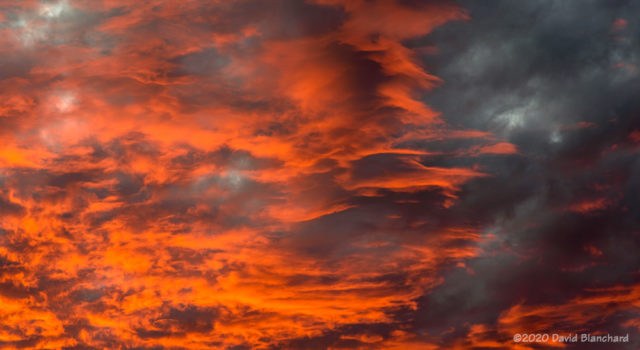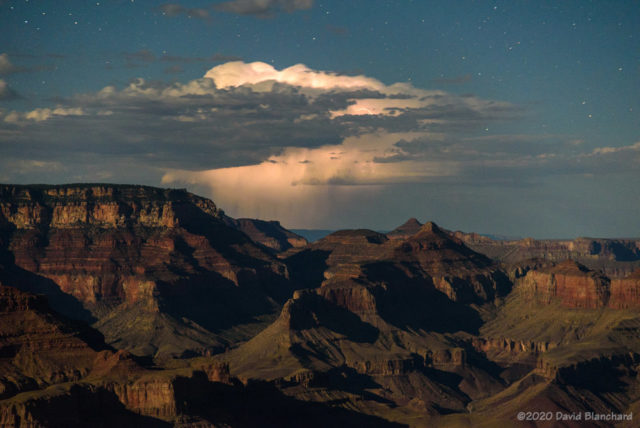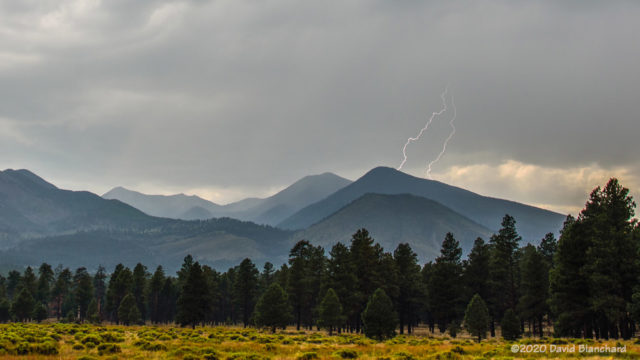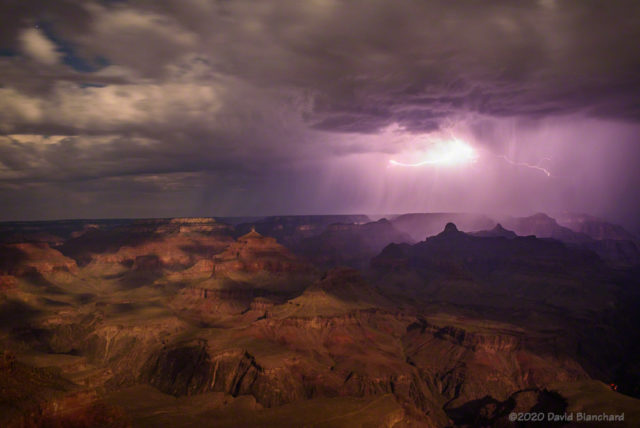
Tuesday afternoon brought the passage of a weak cold front across northern Arizona. It was mostly clear much of the day but by late afternoon clouds were increasing and spreading southward. Because there was a distinct west edge to the clouds it was likely that the setting sun would be able to illuminate the overhead clouds.
As the band of convective snow showers progressed southward it took on the characteristics of an outflow boundary and even developed a bit of a shelf cloud on the leading edge.

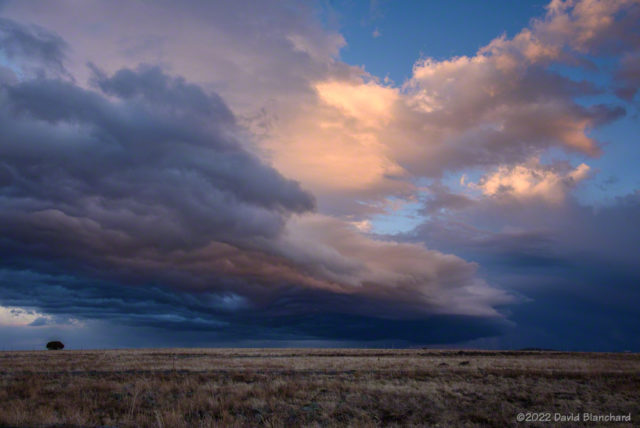
As the sun dropped lower in the western sky this cloud band briefly took on the colors of sunset.
Time lapse video showing the southward progression of the convective snow showers.
And, then, a few minutes later the light was gone.
